PHEVs: The bridge to an electric vehicle future
Does the idea of electric vehicles give you range anxiety? Car companies have a cure for that, and it’s called a “PHEV”.
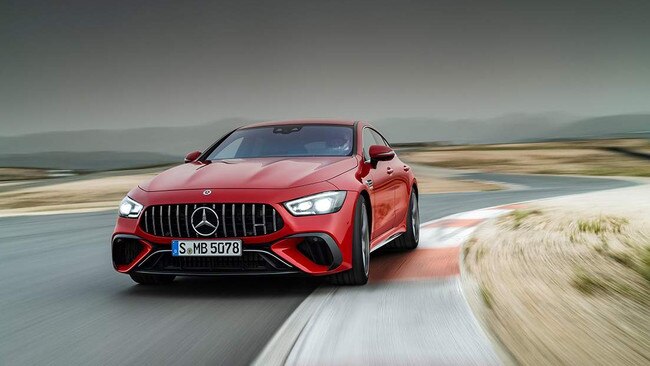
True car aficionados are a weird and wonderful bunch of beard strokers. They’re the kind of people who can tell you everything from the type of fabric used on a car’s seats, to where and why the bloke who built the engine stamped his signature on it (seriously, that’s actually a thing they do at Mercedes-AMG).
For most of us, of course, a car is simply something with four wheels and an accelerator that gets you places, and the nuanced details are about as fascinating as the chemical compounds that go into asphalt.
Which is fine, of course, but it does mean that when entirely new motoring technologies arrive – like Electric Vehicles (EVs) and Plug-in Electric Hybrid Vehicles (PHEVs), it can be challenging.
THE NEW GREEN ECONOMY

Twiggy’s green ambition put to the test
Andrew Forrest is convinced his ambitious green hydrogen plans are a key plank in the battle against global warming. But can the iron ore billionaire pull off the ultimate pivot?

‘Cats can be herded if there’s a clear goal’: Angus Taylor
The government’s position on climate change is built on respect, says Industry, Energy and Emissions Reduction Minister Angus Taylor.

‘It’s our responsibility to be the adults’: Wikramanayake gets real
In a rare interview the Macquarie Group chief reveals its highly calculated approach to renewables investment and the discussion with her teenagers that crystallised the need to take action.

Is nature really at the centre of the ‘green dream’?
Looking after the land makes sense but in the end, someone has to pay. Good intentions will only go so far.

Rich-listers embrace climate shift
It’s no longer a question of choosing profit over planet. A new generation prioritises impact investing to retrain focus of their family wealth on a climate positive yet lucrative future.

Why climate change is a business opportunity
The transition to carbon neutrality will require trillions. For the financial sector this means not just the opportunity to fund the future, but to profit from it.

Rugby great takes climate fight to Canberra
David Pocock and wife Emma are playing to win with their commitment to turn talk into action on environmental issues.

Billionaire piles pressure on big Aussie polluters
Australia’s enormous resource companies are on notice as a new breed of emboldened financial agitators take an aggressive – and often effective – stance on climate accountability.
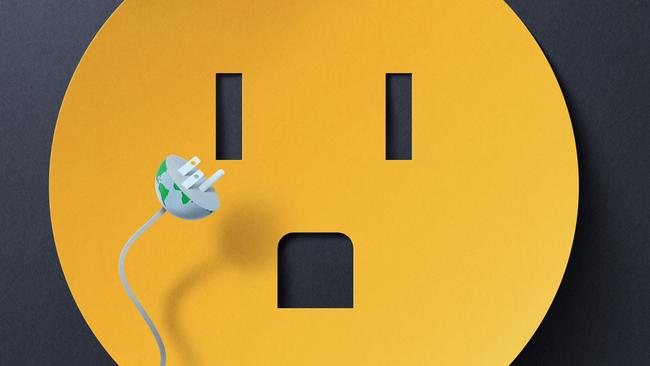
Could your car power your house one day?
A reality where the energy stored in your car is plugged in to electrify your home edges ever closer.

Cameron Adams on being a DJ loving climate warrior
Decisive action on climate matters as much as taking democratised design to the world for the co-founder of tech heavy-hitter, Canva.

The Australian names to know in sustainable food and wine
From the man behind Sydney’s fish eatery Saint Peter to a self proclaimed meat-eating vegan, these Australians know a thing or two about sustainable food and wine.

Alan Finkel: ‘Technology is enabled by government’
Now is the moment as government, industry, technology and communities embrace both the urgency and practical reality of emissions reduction.

Climate solution may lie beneath our feet
One answer to the global emissions question is right beneath our feet, says newspaper publisher turned commercial cattle farmer Alasdair MacLeod.

Is this the cure for electric vehicle range anxiety?
Does the idea of electric vehicles give you range anxiety? Car companies have a cure for that, and it’s called a “PHEV”.
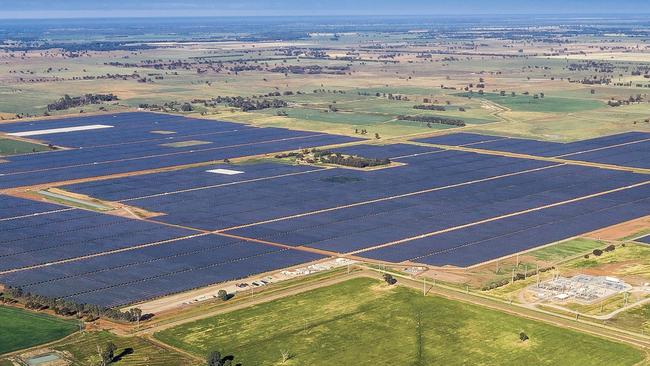
Solar plan set to shine
Australia’s appetite for solar continues to surge, driving everything from households and electric vehicles to mining projects seeking a cleaner future.

Six boundary-pushing tech innovations
From a solar-powered outdoor oven to robotic lawnmowers, the latest in green technology sets you up for a future-facing daily life.

Can an office be sexy … and sustainable?
A leading design studio experiments with sustainability by stealth at their innovative – and sexy – Sydney HQ.

The Australian denim brand leading the charge
Start unpicking the fashion industry and the cost to climate is clear. But Queensland’s Outland Denim is determined to break the pattern.

Sky’s the limit: Inside Australia’s greenest buildings
Concern for the environment and employees alike is at the heart of these top four sustainable, and awarded, new commercial spaces. SEE THE PICTURES

Living sustainably is harder than it looks
Two very different lives, one urgent shared challenge: to take concrete steps towards more sustainable daily choices.

Skincare brands put planet before profit
A swath of pioneering skincare brands are setting new low-impact benchmarks in the process.
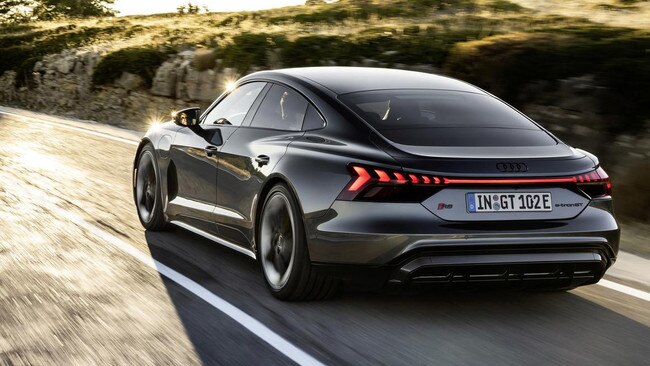
Solid-state batteries ‘will secure EVs’ future’
For electric vehicles to truly capture the public’s imagination – and wallets – charging certainty and speed is necessary. Enter the solid-state battery.

The fashion innovators to know in 2022
French house Hermès turns luxury leftovers into pieces of creative expression, plus the latest in ethical design and the rise of resale.
We all know, of course, that we should care about EVs, because if we all started driving them it would be a good and green thing to do, as they don’t puff out any CO2, or dirty toxins of any kind, from their exhaust pipes. That’s because they don’t have exhaust pipes – they use batteries and electric motors to drive their wheels, and you plug them in and charge them, just like a mobile phone.
Much like that feeling you sometimes get towards the end of a day when your mobile battery is running low, you can’t find a charger and you’ve still got calls to make and Ubers to book, EVs can instil “range anxiety”, because they don’t go as far on a single charge (between 280km and 500km, depending on the size of the battery) as a petrol car does on a tank of fuel. And because charging points are nowhere near as common as service stations.
In a country as big and wide as Australia, range can really be an issue, but fortunately the clever engineering types have come up with a way to give you the best of both worlds – clean, green electric driving and long-range traditional motoring – in the shape of the PHEV.
Like any standard car, a PHEV has a petrol-powered internal combustion engine (ICE, if you’re one for acronyms), but it’s coupled with a battery-powered electric motor, which means it can travel in zero-emissions all-electric mode until its battery runs flat, and then switch to old-school motoring.

There’s no question that the future of motoring is electric, and a number of car manufacturers have already pledged to either go all-electric in the coming years: both Audi and Porsche will have carbon-neutral production facilities by 2030, and Audi will produce its last ICE vehicle in 2026.
Jaguar Land Rover has pledged to achieve net zero carbon emissions across its supply chain products and operations by 2039, and Volvo will be climate neutral by 2040.
Although the Earth-friendly CO2 reductions and eradication of fuel costs that electric vehicles (EVs) will bring are more than welcome, there are still concerns of how it will all work in Australia, given that our EV charging infrastructure isn’t quite where it needs to be yet.
In the mean time, PHEVs are being touted as the perfect stepping stones to an all-electric future. The name may give it away, but it’s important to note that PHEVs need to be plugged in to an external power source to charge (this is different to standard hybrids, which have smaller, self-charging batteries that typically don’t allow for all-electric driving).
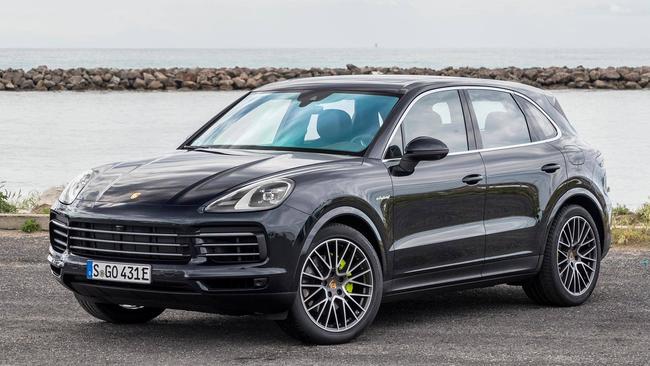
Plugging in to charge is as straightforward a process as charging your mobile phone or laptop computer, and it can be done a number of ways: at home using a standard domestic AC wall socket (the slowest method), or an installed AC fast charger that speeds up charging time, or at a public AC fast charger or DC rapid-charger (the quickest method currently available).
A number of car manufacturers, including some esteemed luxury brands, have already begun to introduce PHEVs into the Australian market place.
Range Rover is introducing the first large luxury SUV PHEV to hit Australia with its Range Rover P440e, which is due to land here in the second-half of 2022 (a fully electric version is also expected in 2023).
The rugged yet classy looking P440e combines a six-cylinder petrol engine with a lithium-ion battery and electric motor, offering a “real world” all-electric driving range of 88km, which Range Rover says will allow drivers to complete 75 per cent of their journeys in pure electric mode (the Range Rover P510e PHEV offers the same driving range, but is a more powerful vehicle).
Porsche, a brand synonymous with fuel-guzzling performance cars, has even entered into PHEV territory with its Cayenne E-Hybrid, a truly sporty SUV with an all-electric range of 47km, and an impressive all-electric top speed of 135km/h.

Volvo has also released a range of PHEVs in Australia, starting with the XC40 Recharge compact SUV, its 10.7kWh battery allowing for a claimed all-electric range of 46km (the 2022 XC60 ups the range to 68km, and to 72km for the XC90 – a significant increase compared to previous models).
This year will also see an influx of new PHEVs enter the Australian playing field: Jeep’s Grand Cherokee 4xe (a model that will replace diesel variants here), the Mercedes-AMG GT63 S E Performance (able to go from zero to 100km/h in 2.9 seconds, thanks to a 4.0-litre V8 engine coupled with a 150kW electric motor), and the Peugeot 3008 and 508 PHEVs (60 and 55km all-electric driving range, respectively).
What this all means, ultimately, is that Australians will have more options than ever before to purchase a more environmentally friendly car like a PHEV, giving them the peace of mind that they’re not only being kinder to the planet, but will still have the ability to travel as far as they like without madly searching for plug-in points.
It’s the kind of future that mad car enthusiasts and normal people can all look forward to.

To join the conversation, please log in. Don't have an account? Register
Join the conversation, you are commenting as Logout